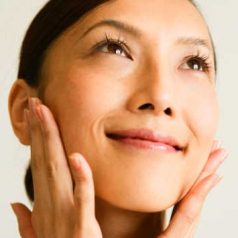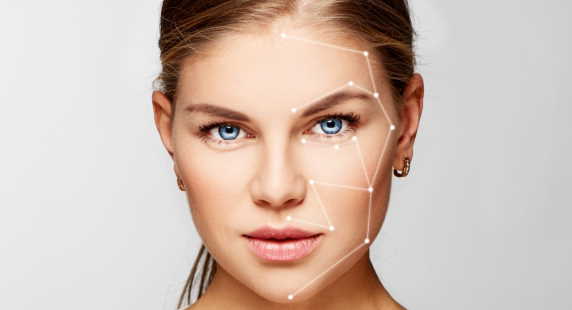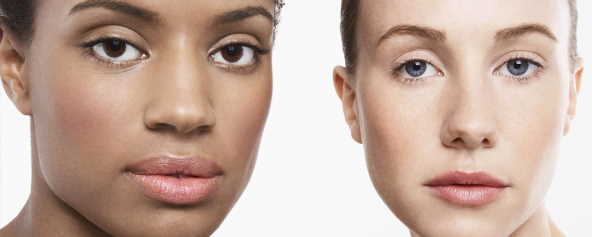What Is Skin Resurfacing?

Over time, the outer layers of our skin begin to show signs of wear and tear from aging, injury and environmental factors in the form of wrinkles, scars, age spots, and discoloration.
Resurfacing skin naturally therapies help to reverse these symptoms of aging and stress and help you look younger and healthier in the process.
Cosmetic surgeons use a variety of techniques for resurfacing skin naturally to address numerous skin concerns.
How to use glycolic acid at home for skin that looks younger
A chemical peel is one of the most effective ways to shave off your face for years. You can go to a dermatologist or beautician for skin, but if it’s not in your budget or you want to treat your skin at home, a peel at home may be the answer. This quick guide to DIY skin tones will help you get started.

Using Magic of glycolic acid
Glycolic acid is one of the best over-the-counter skin resurfacing at-home remedies, a chemical that is also used in medical office skins, but in great strength.
Glycolic acid is derived from plants such as pineapple and sugar beet; when incorporated into skincare products, it can help the skin stay young and refreshed in many ways.
Here’s how it works: The skin is made up of three layers: the epidermis – the outer, the protective one; Skin, which is beneath the epidermis; and skin tissue is a deep layer of fat, connective tissue, and large blood vessels and veins.
The middle layer, the skin, is dense in three skin layers. It comprises 90% of the skin’s thickness and is joined together by a network of proteins called collagen, which gives the skin its durability and strength.

A breakdown of collagen is a contributing factor to the formation of skin fine lines and age wrinkles. One thing that glycolic acid does is to promote collagen growth in the epidermis.
Studies have found that this increase in collagen production and resurfacing skin naturally increases skin thickness by about 25 percent, decreasing wrinkles and fine lines.
Glycolic acid is an exfoliate. It goes into the superficial layers of the skin and accumulates dead cells, making the skin appear dull.
Acid destroys the patches that hold the dead skin cells together, allowing them to slow down and grow new skin cells. The result is brighter, softer; naturally, resurface skin and more skin tone.

